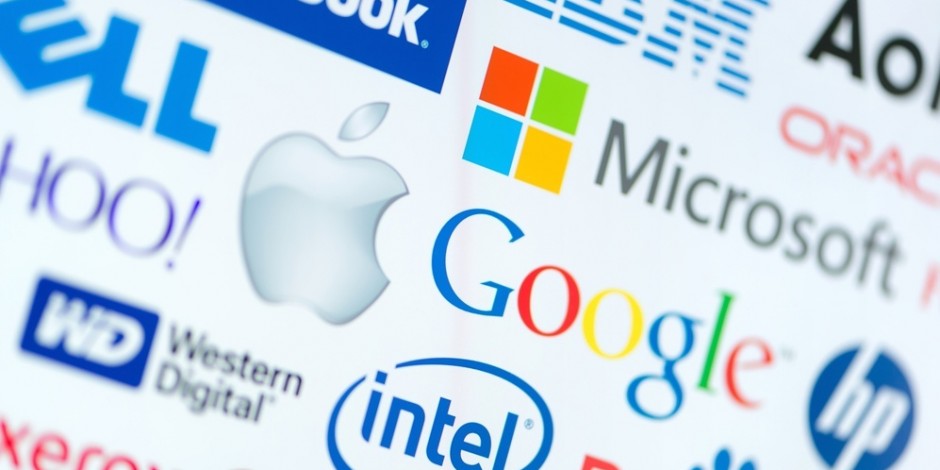According to a United Nation’s report, the current birth rate for the U.S. in 2021 is 12.001 births per 1000 people, a 0.09% increase from 2020. This number has been increasing by roughly 0.09% since 2018. Each year we have a number of people starting families or adding to their family. With that being said, there are some important steps that families must take to ensure they are prepared for whatever may come their way.
The first consideration is to compile a budget. If you’re a first-time parent, or if it’s been several years since your last child, you may be clueless about the cost of baby expenses for the first year. Formula, child care, diapers – they all add up, and it’s important to have a plan in place to reduce the impact of any unexpected changes and expenses. Be sure your new budget accounts for time off from work after the birth, or a decrease in income if one parent will stay home with the baby.
Child care is one of the largest expenses a new family will incur. It’s never too early to start your search for a child care provider assuming both parents will continue working. You will need to start evaluating your daycare options now, as many good facilities often have waiting lists. Luckily, some employers will offer tax efficient savings options such as Flexible Savings Accounts (FSAs) which allow for you to pay for child care using before-tax dollars. If you know you’re going to have child care expenses, it can make sense to use the FSA as it’s going to save you money from a tax perspective. It’s important to know that with most FSAs you have to use it or lose it, meaning if you don’t use your entire balance by the end of the year, that money is forfeited and no longer available to use. So, it’s important to plan and contribute only the amount that you know you’re going to use throughout the year. If you’re in a high deductible health insurance plan, you can also contribute up to $7,200/year, per family, to a Health Savings Account (HSA). This would allow for you to save and spend tax-free money on qualified health care expenses. For more information on HSAs, check out our past blog.
It’s never too early to start saving for your child’s education. There are multiple vehicles available for educational expenses such as 529s, savings accounts, Coverdell ESAs, CDs, and Savings Bonds (there’s even strategies for utilizing Roth IRAs for college savings). For example, a 529 account allows for your money to grow on a tax-deferred basis while distributions are tax-free assuming they’re used for qualified educational expenses. Thanks to the Setting Every Community Up for Retirement Enhancement (SECURE) Act and The Tax Cuts and Jobs Acts, signed into law by President Trump, the definition of qualified expenses has changed. The SECURE Act now allows for up to $10,000 to be used for qualified student loan repayments while the The Tax Cuts and Jobs Acts allows for a lifetime amount of $10,000 to be used for K-12 education.
Finally, it’s important to take the appropriate estate planning steps to ensure your estate is covered if something was to happen to either, or both, parents. This will include working with an estate attorney to set up or update documents such as wills, trusts, and medical directives. This will ensure that if one or both parents pass away or become incapacitated, there are standing documents to direct a trustee or exector in how to best handle the situation, specifically pertaining to the children. If there are no “living documents” this could create estate and custody issues in the future that could greatly impact your kids.
Keep in mind, these are only a few of the many items that should be on your new family checklist. It’s important to work with professionals to ensure you’re taking all the proper steps to protect yourself and your family.
Ben Webster, CFP® and Derek Prusa, CFA, CFP®
Co-Founders and Owners of Aspire Wealth


